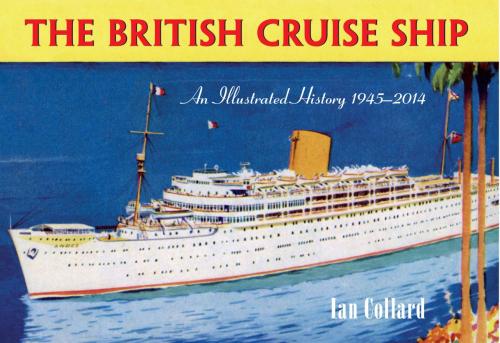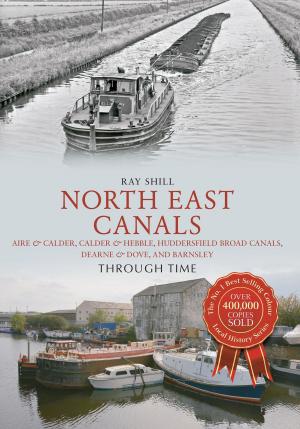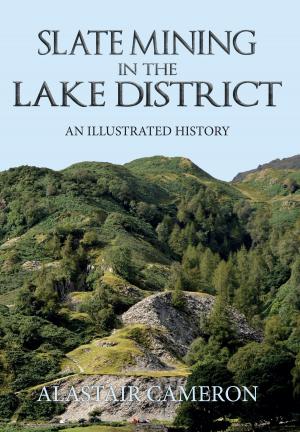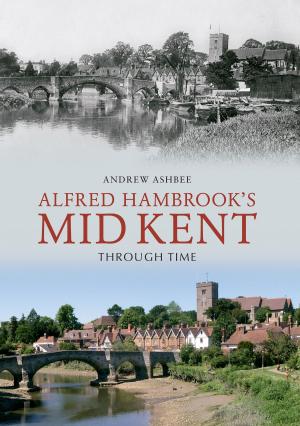The British Cruise Ship an Illustrated History 1945-2014
Nonfiction, Reference & Language, Transportation, Ships & Shipbuilding, History| Author: | Ian Collard | ISBN: | 9781445621432 |
| Publisher: | Amberley Publishing | Publication: | June 15, 2014 |
| Imprint: | Amberley Publishing | Language: | English |
| Author: | Ian Collard |
| ISBN: | 9781445621432 |
| Publisher: | Amberley Publishing |
| Publication: | June 15, 2014 |
| Imprint: | Amberley Publishing |
| Language: | English |
When Arthur Anderson invited William Makepeace Thackeray to take a cruise in 1844, and to write about it, British shipping lines offered passage on their vessels for no other reason than leisure. By the 1880s, passenger ships designed solely for cruising were being built, and the cruise ships kept many a shipping line afloat during the Depression years, whether by offering booze cruises to nowhere for alcohol-starved Americans, or out of unlikely ports such as Immingham to Norway for the British middle classes. Ian Collard continues the story of British cruising from the end of the Second World War, when Cunard began construction of their 'green goddess', the Caronia, aimed squarely at the American market. The 1960s saw a shift from line voyages to cruising as the major money earner for all of the British passenger lines. The QE2 and Canberra made up the bulk of British cruise voyages in the 1970s and early 1980s. By the 1990s, there had been a resurgence in cruising, with new cruise ships and companies operating. From a low of 180,000 passengers in 1981 to some 1.5 million in 2013, British cruising is alive and well.
When Arthur Anderson invited William Makepeace Thackeray to take a cruise in 1844, and to write about it, British shipping lines offered passage on their vessels for no other reason than leisure. By the 1880s, passenger ships designed solely for cruising were being built, and the cruise ships kept many a shipping line afloat during the Depression years, whether by offering booze cruises to nowhere for alcohol-starved Americans, or out of unlikely ports such as Immingham to Norway for the British middle classes. Ian Collard continues the story of British cruising from the end of the Second World War, when Cunard began construction of their 'green goddess', the Caronia, aimed squarely at the American market. The 1960s saw a shift from line voyages to cruising as the major money earner for all of the British passenger lines. The QE2 and Canberra made up the bulk of British cruise voyages in the 1970s and early 1980s. By the 1990s, there had been a resurgence in cruising, with new cruise ships and companies operating. From a low of 180,000 passengers in 1981 to some 1.5 million in 2013, British cruising is alive and well.















